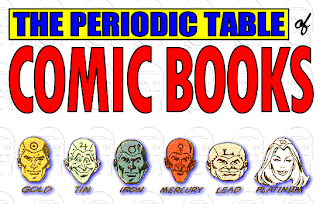Spicy Nodes is a concept map presentation tool that allows the users to link and embed pictures, websites, and more into the overall presentation. Easy to use and fun to show, Spicy Nodes is whole new way to present your information.
SpicyNodes provides an innovative means to add excitement to almost any area of study. As students become enamored with the presentation of their ideas, they increasingly focus on the quality of their work and develop the critical thinking skills necessary for the digital age.
Here is a Spicy Node ABOUT Spicy Nodes - This will give you a sense of how it works:
http://www.spicynodes.org/nodes.html
SpicyNodes provides an innovative means to add excitement to almost any area of study. As students become enamored with the presentation of their ideas, they increasingly focus on the quality of their work and develop the critical thinking skills necessary for the digital age.
Teaching Guide: http://www.spicynodes.org/what_are_they-teaching_guide.html
Here is a Spicy Node ABOUT Spicy Nodes - This will give you a sense of how it works:
http://www.spicynodes.org/nodes.html







